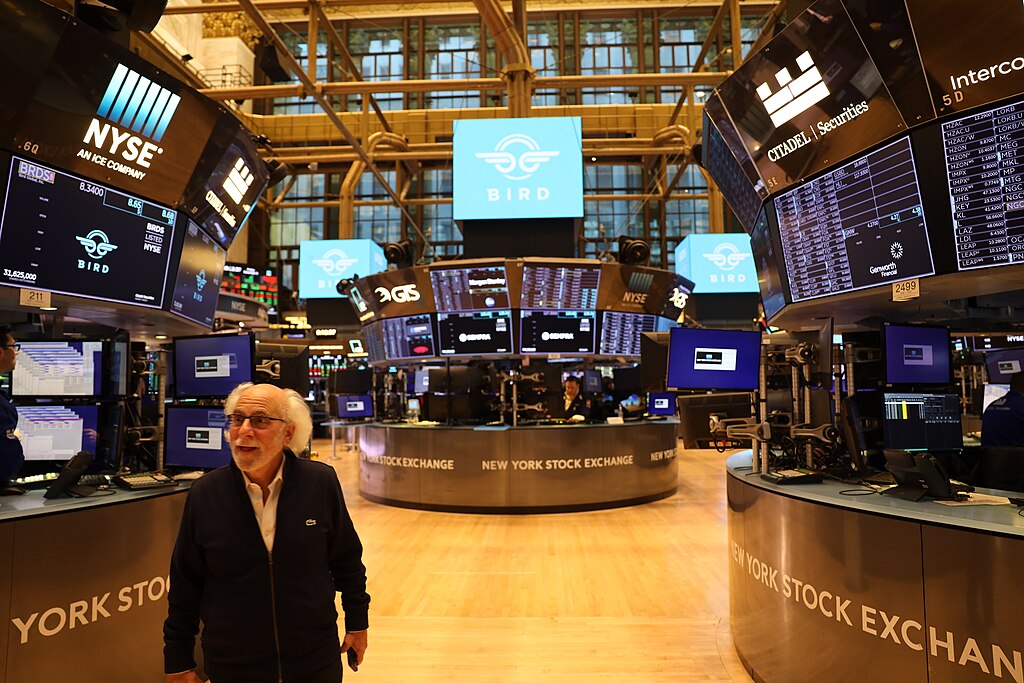Investors are bracing for economic turbulence after President Donald Trump signed an executive order imposing tariffs on key trading partners. The order includes a 25% tariff on imports from Mexico and Canada and 10% on Chinese goods, set to take effect Tuesday at 12:01 a.m. ET.
Markets have yet to fully absorb the risks of higher import costs, which could squeeze corporate profits and push inflation higher. The White House hinted at possible exemptions, including Canadian oil, but Trump stated no actions could prevent the tariffs.
Mark Malek, CIO at Siebert Financial, warned that markets might challenge Trump for the first time. Some investors speculate this could be a negotiating tactic, as any delay in enforcement leaves room for adjustments. Rick Meckler of Cherry Lane Investments noted that market reactions would depend on whether the tariffs are truly implemented.
Goldman Sachs estimates across-the-board tariffs on Canada and Mexico could add 0.7% to core inflation and cut GDP by 0.4%. Barclays strategists predict a 2.8% drop in S&P 500 earnings, factoring in expected retaliation from affected nations.
Investors worry about rising consumer prices, which could force the Federal Reserve to halt interest rate cuts. The Fed recently paused its rate-cutting cycle, with Chair Jerome Powell indicating policy moves depend on evolving economic conditions.
With stocks at record highs, Evercore ISI strategists forecast the S&P 500 could swing 3% to 5% in either direction. Gene Goldman of Cetera Financial sees high valuations, inflationary pressure, and Fed uncertainty as catalysts for volatility.
Colin Graham of Robeco called the tariffs an unpredictable geopolitical shock. "They just happen, and you have to figure out afterward what to do," he said. Investors now await Monday’s market reaction.



 Asian Technology and Chipmaking Stocks Slide as AI Spending Concerns Shake Markets
Asian Technology and Chipmaking Stocks Slide as AI Spending Concerns Shake Markets  China’s Small Bank Consolidation Struggles as Profits Fall and Risks Persist
China’s Small Bank Consolidation Struggles as Profits Fall and Risks Persist  Gold Prices Slip Slightly in Asia as Silver Nears Record Highs on Dovish Fed Outlook
Gold Prices Slip Slightly in Asia as Silver Nears Record Highs on Dovish Fed Outlook  Bank of Korea Downplays Liquidity’s Role in Weak Won and Housing Price Surge
Bank of Korea Downplays Liquidity’s Role in Weak Won and Housing Price Surge  Japan Business Sentiment Hits Four-Year High, Boosting Expectations of BOJ Rate Hike
Japan Business Sentiment Hits Four-Year High, Boosting Expectations of BOJ Rate Hike  Bank of Japan Poised for Historic Rate Hike as Inflation Pressures Persist
Bank of Japan Poised for Historic Rate Hike as Inflation Pressures Persist  Asian Stocks Slide as AI Valuation Fears and BOJ Uncertainty Weigh on Markets
Asian Stocks Slide as AI Valuation Fears and BOJ Uncertainty Weigh on Markets  New Zealand Budget Outlook Shows Prolonged Deficits Despite Economic Recovery Hopes
New Zealand Budget Outlook Shows Prolonged Deficits Despite Economic Recovery Hopes  ASX Shares Slide After ASIC Imposes A$150 Million Capital Requirement
ASX Shares Slide After ASIC Imposes A$150 Million Capital Requirement  Oil Prices Rebound as U.S.-Venezuela Tensions Offset Oversupply Concerns
Oil Prices Rebound as U.S.-Venezuela Tensions Offset Oversupply Concerns  Australian Consumer Sentiment Slumps in Early December as Inflation Fears Resurface
Australian Consumer Sentiment Slumps in Early December as Inflation Fears Resurface  Dollar Struggles as Markets Eye Key Central Bank Decisions and Global Rate Outlooks
Dollar Struggles as Markets Eye Key Central Bank Decisions and Global Rate Outlooks  Asian Currencies Trade Sideways as Dollar Weakens Ahead of Key U.S. Data
Asian Currencies Trade Sideways as Dollar Weakens Ahead of Key U.S. Data  China’s November Economic Data Signals Slowing Industrial Output and Weak Consumer Demand
China’s November Economic Data Signals Slowing Industrial Output and Weak Consumer Demand  U.S. Dollar Slips Near Two-Month Low as Markets Await Key Jobs Data and Central Bank Decisions
U.S. Dollar Slips Near Two-Month Low as Markets Await Key Jobs Data and Central Bank Decisions  Global Markets Slide as Tech Stocks Sink, Yields Rise, and AI Concerns Deepen
Global Markets Slide as Tech Stocks Sink, Yields Rise, and AI Concerns Deepen 































